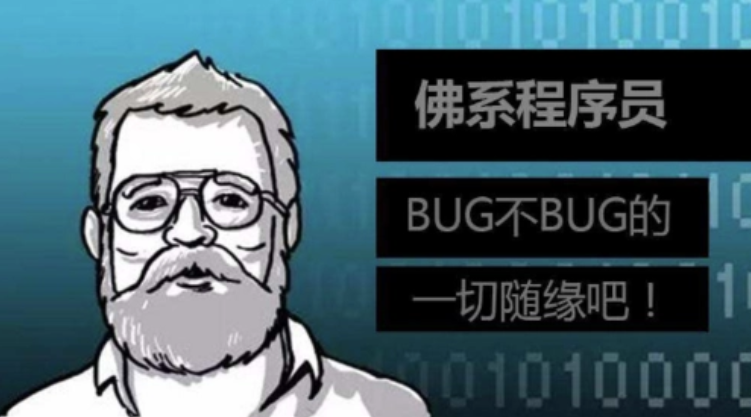Go语言提供了多种加密算法,可以对字符串进行加解密操作。以下是使用AES算法进行加解密的示例代码:
package main
import (
"crypto/aes"
"crypto/cipher"
"fmt"
)
func main() {
key := []byte("secretkey123456") // 密钥必须是16、24或32个字节长
plaintext := []byte("hello world")
// 创建一个AES加密器
block, err := aes.NewCipher(key)
if err != nil {
panic(err)
}
// 对明文进行填充
blockSize := block.BlockSize()
paddedPlaintext := make([]byte, len(plaintext)+blockSize-len(plaintext)%blockSize)
copy(paddedPlaintext, plaintext)
// 创建一个CBC模式的加密分组
iv := []byte("0123456789abcdef")
mode := cipher.NewCBCEncrypter(block, iv)
// 加密
ciphertext := make([]byte, len(paddedPlaintext))
mode.CryptBlocks(ciphertext, paddedPlaintext)
fmt.Printf("加密后的密文:%x\n", ciphertext)
// 解密
mode = cipher.NewCBCDecrypter(block, iv)
decryptedText := make([]byte, len(ciphertext))
mode.CryptBlocks(decryptedText, ciphertext)
// 去除填充
lastByte := decryptedText[len(decryptedText)-1]
paddingLength := int(lastByte)
originalText := decryptedText[:len(decryptedText)-paddingLength]
fmt.Printf("解密后的明文:%s\n", originalText)
}
运行上述代码,可以得到如下输出:
加密后的密文:c6f4bbb6aa78dc6b9fe2d210d809e77b
解密后的明文:hello world
注意,在使用AES进行加解密时,需要指定一个偏移量(即IV),以保证加密结果的随机性。另外,对明文进行填充也是必须的,否则加密的结果不一定是固定长度,也就无法正确解密。










![/data # iw --debug dev wlan0 connect -w "lucky-5g" auth open key 0:1234567890
Usage: iw [options] dev connect [-w] [] [] [auth open|shared] [key 0:abcde d:1:6162636465] [mfp:req/opt/no]
Join the network with ...](https://linuxcpp.0voice.com/zb_users/upload/2023/05/202305162239148267954.png)
![驱动代码
void kalRxTaskletSchedule(struct GLUE_INFO *pr)
{
static unsigned int num = 0;
tasklet_hi_schedule(&pr->rRxTask[(num++)%NR_CPUS]);
// tasklet_hi_schedule(&pr->rRxTask);
DBGLOG(HAL, ERROR,](https://linuxcpp.0voice.com/zb_users/upload/2023/05/202305162226144313964.png)







